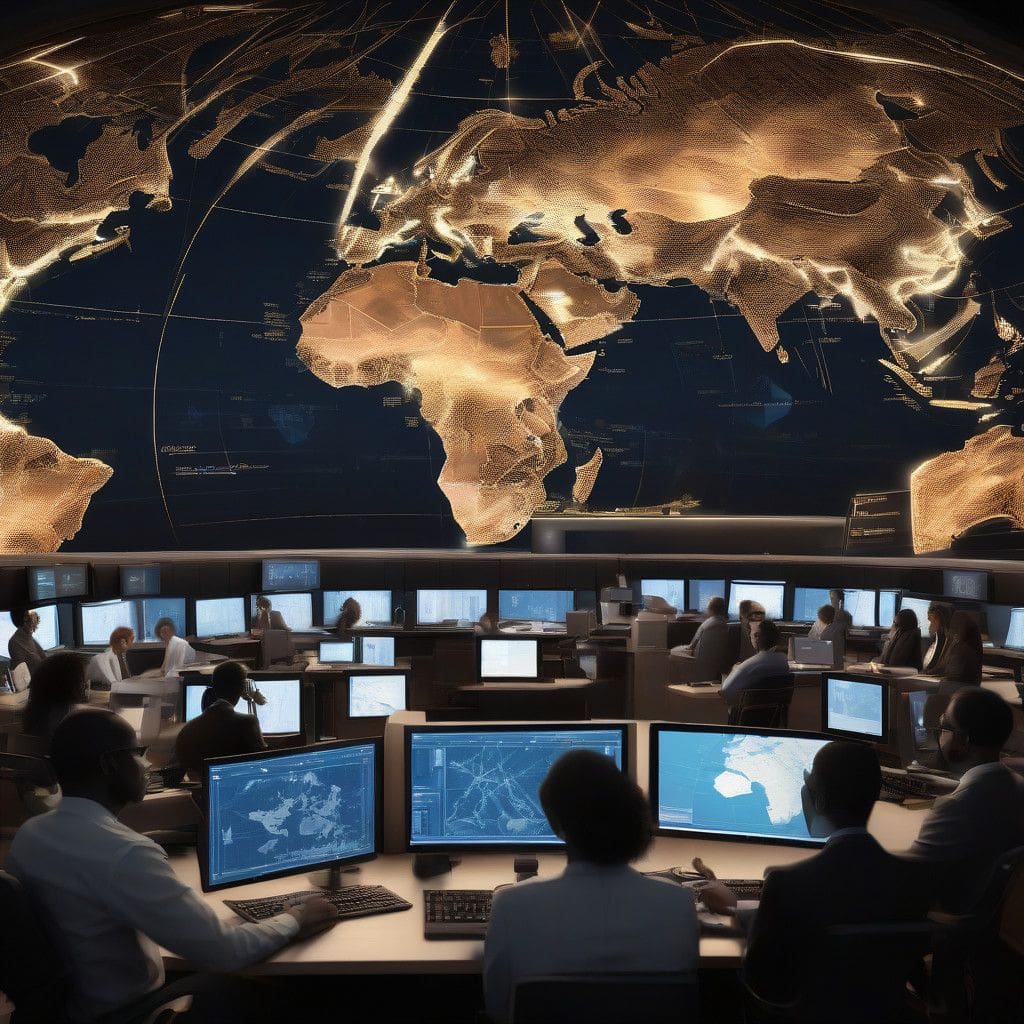In a significant development aimed at enhancing digital connectivity across Africa, Morocco and France have established a satellite partnership through the signing of a memorandum of understanding (MoU) between Morocco’s Panafsat and Thales Alenia Space. This collaborative venture is poised to build a high-capacity satellite telecommunications system that will extend internet access to 26 African countries, predominantly French-speaking nations.
This partnership was unveiled during French President Emmanuel Macron’s state visit to Morocco, marking a remarkable step in deepening the bilateral relations between the two nations. The agreement signifies not only a commitment to improving connectivity but also a strategic move in positioning Morocco as a digital frontrunner in Africa.
Once operational, the satellite will deliver very high-throughput services (VHTS) to approximately 550 million people across an expansive area of 12 million square kilometers. This initiative directly addresses the pressing need for connectivity in underserved and remote regions, helping to bridge the digital divide that has long plagued many parts of the continent.
The project aligns with notable digital transformation initiatives, including the Digital Economy for Africa (DE4A) and Morocco’s own Digital Morocco 2030 strategy. These programs are integral in fostering economic growth by facilitating access to essential services for governments, businesses, and communities throughout Africa.
Moreover, this satellite project contributes to Morocco’s aspirations to foster a technologically resilient continent. By enhancing its technological infrastructure, Morocco demonstrates a commitment to modernization and preparation for future growth. Such initiatives are especially crucial as the country gears up to co-host the 2030 FIFA World Cup, showcasing its readiness to handle global events and the associated demands for robust digital services.
The partnership with Thales Alenia Space empowers Morocco’s digital economy while also signaling a broader ambition of creating an interconnected African digital landscape. This aligns with various developmental goals that target socio-economic advancements and global integration.
This venture also highlights the importance of international collaboration in achieving sustainable development goals, especially in the realm of digital access. It presents an excellent example of how governments and private enterprises can come together to address significant challenges such as the digital divide. The ability to provide reliable and affordable connectivity can transform lives, boost local economies, and enhance educational and health services across the continent.
Just as importantly, this partnership serves as a model for similar initiatives across Africa, demonstrating that collaborative efforts can lead to substantial advancements in technology and connectivity. The rollout of this satellite system could lead to enhanced mobile communications, internet access, and support for a variety of business applications that hinge on reliable connectivity.
In conclusion, the Morocco-France satellite partnership is not merely an infrastructural upgrade but a transformative initiative that promises to elevate the digital landscape of an entire region. As many African nations continue to navigate the complexities of modernization, this partnership stands as a beacon of hope, illustrating that through cooperation, significant strides can be made towards achieving an interconnected digital economy.












